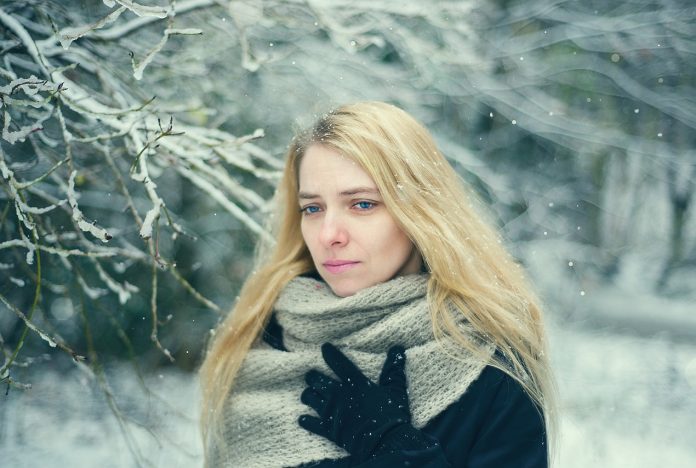
Submitted by Nancy Bergeron, Registered Psychologist
Seasonal Affective Disorder impacts approximately 2–3% of the general population. SAD is a type of depression that is often referred to as the winter blues. It is thought to be related to the amount of sunlight that we are exposed to daily, and as we know up here in Canada, our days become significantly shorter during the fall and winter months. In rare cases some individuals can be impacted in spring and summer. SAD is a real medical condition that can impact anyone. We do not need to have a predisposition to depression to experience the symptoms. SAD tends to be more common in women. Individuals who develop SAD generally begin experiencing symptoms in their 30s.
Symptoms of SAD Include: inability or difficulty concentrating; feelings of sadness, despair, hopelessness, or worthlessness; increased appetite, cravings for carbs (sweet & starchy food), and weight gain (occurring in the winter months); increased sleepiness, feeling lethargic and having low energy; feeling sluggish, agitated, or irritable; and decreased interest in work and the social activities that you normally enjoy. Many symptoms of SAD are similar to those of major depression.
Researchers believe SAD may be related to the body’s internal clock, which regulates temperature and hormone production. Nerve centers in the brain control our daily moods and rhythms, and are stimulated by the amount of light that enters our eyes. This in turn produces more melatonin (the sleepy hormone) and possibly decreases levels of serotonin (a mood regulating neurotransmitter involved in depression).
Treatments:
Light therapy – Also called phototherapy, you sit a few feet from a special light box so that you’re exposed to bright light within the first hour of waking up each day. Light therapy mimics natural outdoor light and appears to cause a change in brain chemicals linked to mood.
Medications – Some people with SAD benefit from antidepressant treatment, especially if symptoms are severe.
Psychotherapy – Also known as “talk therapy” or counselling, that utilizes a cognitive behavioral approach can help you to identify and change negative thoughts and behaviors that may be making you feel worse, learn healthy ways to cope with SAD, especially with reducing avoidance behavior and scheduling activities, and learn how to manage stress.
Mind-body connection – Some mind-body techniques that may help to cope with SAD include relaxation techniques such as yoga and meditation.
When to See a Doctor: It’s normal to have some days when you feel down. But if you feel down for days at a time and you can’t get motivated to do activities you normally enjoy, see your doctor. This is especially important if your sleep patterns and appetite have changed, you turn to drugs or alcohol for comfort or relaxation, or you feel hopeless or think about suicide.
Some suggestions for everyone to get more vitamin D (the sunshine vitamin) this winter:
Open your blinds and trim any tree branches that block sunlight to your home. Sit closer to bright windows while at home or in the office. We are fortunate in Alberta to have a bright blue sky most days throughout the winter. Bundle-up and take a long walk with a friend, or simply sit on a bench and have a chat with them. Social engagement is important. Even on cold or cloudy days, outdoor light can help, especially if you spend some time outside within two hours of getting up in the morning.









